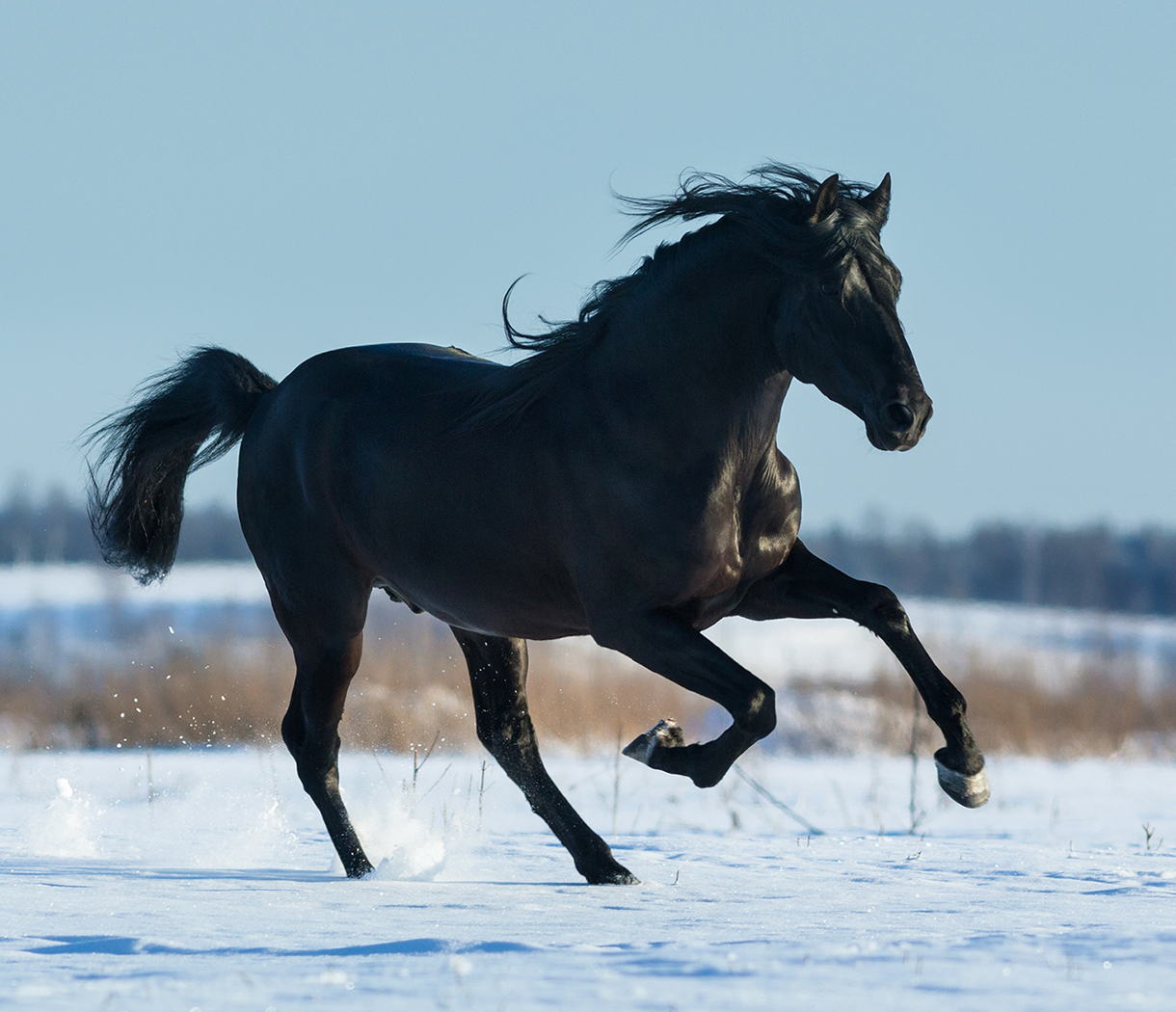The Stifle Joint – A Crucial Yet Overlooked Hero
The stifle joint, located in the back legs of both humans and horses, plays a pivotal role in movement and stability. Often overshadowed by more commonly injured areas like the knee or shoulder, the stifle joint supports weight, facilitates locomotion, and is essential for overall balance. In athletes, a well-functioning stifle joint can mean the difference between peak performance and prolonged recovery. Similarly, for horses, the stifle joint bears significant stress, especially in racing or jumping sports. When this joint is overworked or injured, it can lead to pain, stiffness, and mobility issues. The good news is that CO2 cryotherapy provides an effective, non-invasive solution to improve and maintain stifle joint health.
Why Stifle Joint Health Matters More Than You Think
The stifle joint may not always get the attention it deserves, but its importance in movement cannot be overstated. For athletes, optimal stifle joint health is crucial for preventing injuries and maintaining peak performance. When this joint is compromised, even simple tasks like running, jumping, or bending can become painful and difficult. For horses, stifle injuries are common in competitive environments and can lead to a noticeable drop in performance. Injuries to the stifle joint can reduce flexibility and range of motion, making recovery slow and frustrating. By focusing on maintaining stifle joint health, athletes and horses can enhance their performance, prevent future injuries, and recover faster.
The Ice Age Reinvented: Why CO2 Cryotherapy is the New Cold
Traditional cold therapy, like ice packs, has been used for years to treat injuries. However, CO2 cryotherapy takes it to the next level. Unlike ice, which only cools the skin’s surface, CO2 cryotherapy uses carbon dioxide (CO2) gas for a more effective treatment. The gas is sprayed to the skin, creating deep cooling that reaches the tissue beneath. This cooling effect doesn’t just numb the area; it activates the body’s healing mechanisms on a cellular level, triggering beneficial processes.
CO2 cryotherapy causes vasoconstriction (narrowing of blood vessels) followed by vasodilation (widening of blood vessels) after the cooling effect ends. This boosts circulation in the targeted area. Increased blood flow helps reduce inflammation, flush out toxins, and deliver nutrients to the injured tissues.
Healing on a Cellular Level: The Magic Behind CO2 Cryotherapy
What sets CO2 cryotherapy apart from other cold therapies is its ability to work at a cellular level. When carbon dioxide is applied to the skin, it cools the area quickly and effectively, stimulating a range of physiological responses that accelerate healing.
The cooling effect causes blood vessels to constrict, which temporarily reduces blood flow and decreases swelling. As the CO2 gas dissipates, the blood vessels dilate, increasing circulation and delivering fresh oxygen and nutrients to the injured tissue. This enhanced blood flow helps remove metabolic waste products from the area and brings vital nutrients needed for tissue repair.
Furthermore, the body’s natural anti-inflammatory response is triggered, helping to reduce inflammation and alleviate pain. For stifle joint health, this means faster recovery, reduced pain, and improved flexibility. The cellular healing promoted by CO2 cryotherapy enhances tissue regeneration and reduces the risk of re-injury by promoting the healing of damaged ligaments, tendons, and muscles around the joint.
Athletes and Horses Reclaiming Their Stifle Joints
CO2 cryotherapy is quickly becoming a go-to treatment for athletes and horses alike, offering targeted relief for stifle joint injuries. Whether for recovery or injury prevention, this innovative therapy is making a significant impact in the world of sports. In human athletes, from runners to tennis players, CO2 cryotherapy has proven to accelerate recovery times, reduce pain, and improve joint mobility. By addressing inflammation and promoting tissue repair, athletes are able to return to training faster and with less risk of further injury.
For horses, especially those competing in high-impact sports like racing and jumping, the stifle joint is under immense strain. CO2 cryotherapy helps alleviate stiffness, ease pain, and improve recovery time, all without the need for invasive procedures or medications. Horses receiving CO2 cryotherapy treatments can quickly return to training, allowing them to perform at their peak without the downtime associated with traditional recovery methods.
Conclusion
CO2 cryotherapy is a groundbreaking treatment for stifle joint injuries in both humans and horses. It targets deep tissue, reduces inflammation, and promotes cellular healing. This makes it a valuable tool for recovery and injury prevention. By boosting circulation, reducing pain, and speeding up healing, CO2 cryotherapy is a non-invasive solution that enhances mobility and joint function. Whether you’re an athlete or a horse owner, cryotherapy helps maintain stifle joint health and performance, allowing you to return to activity faster, safer, and with less pain.



